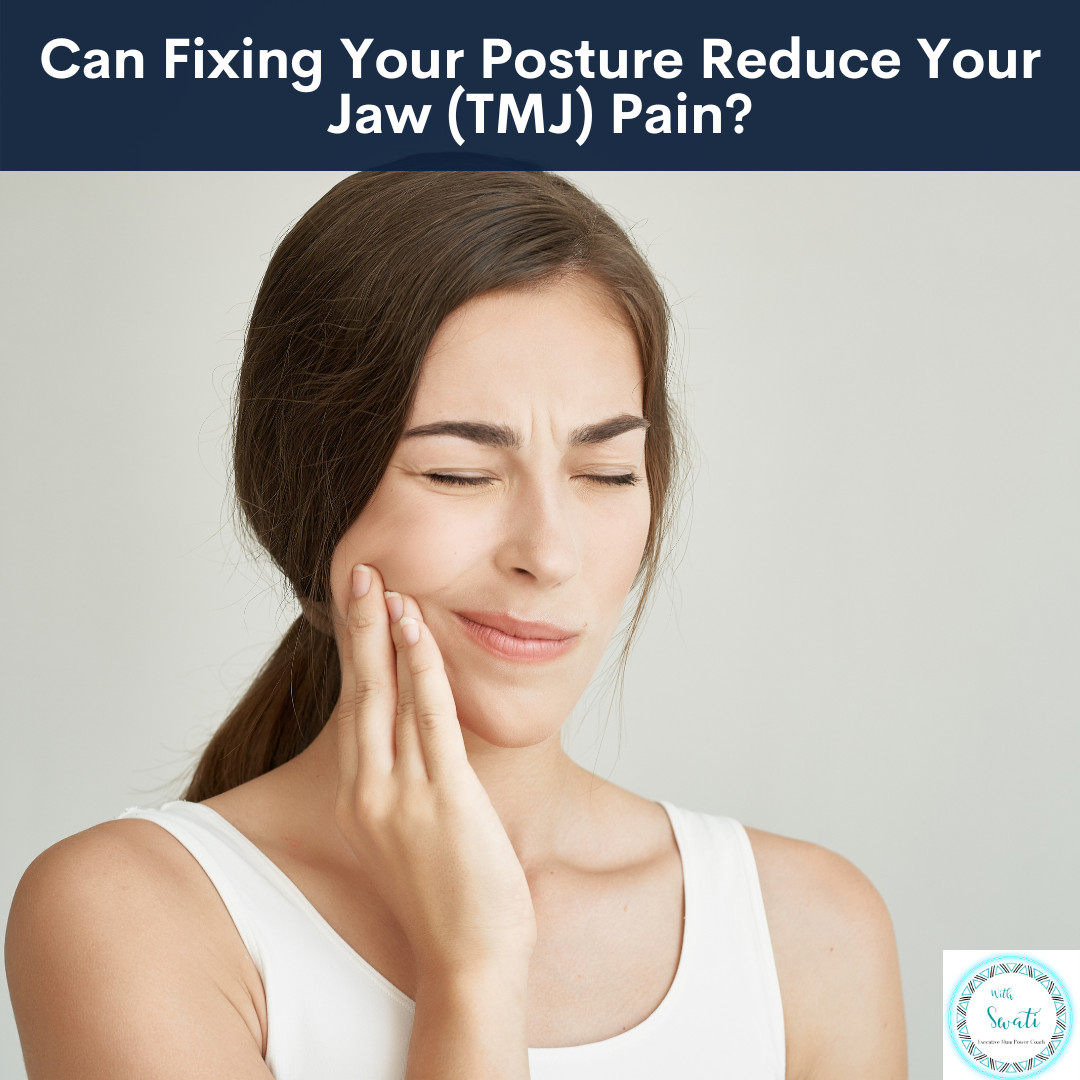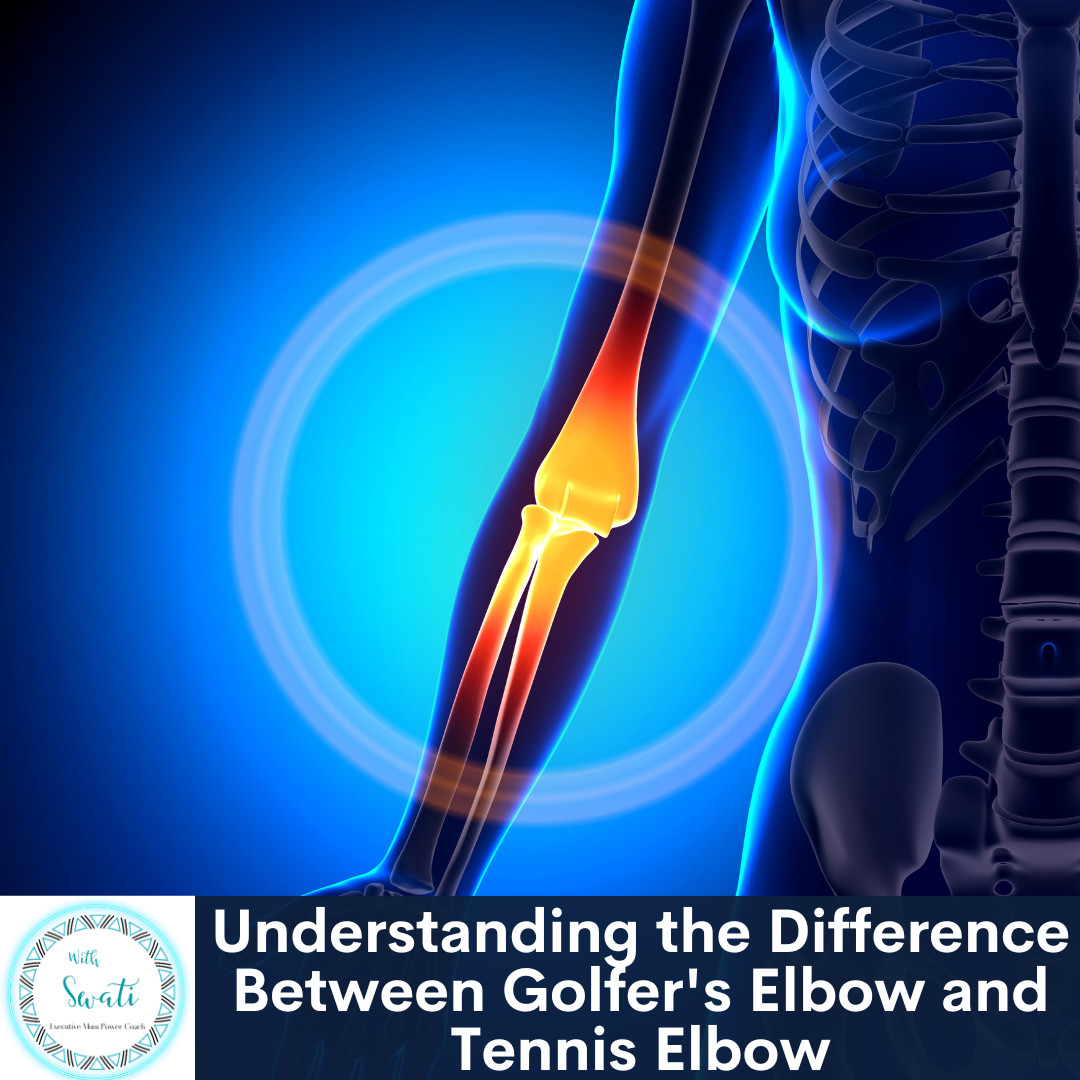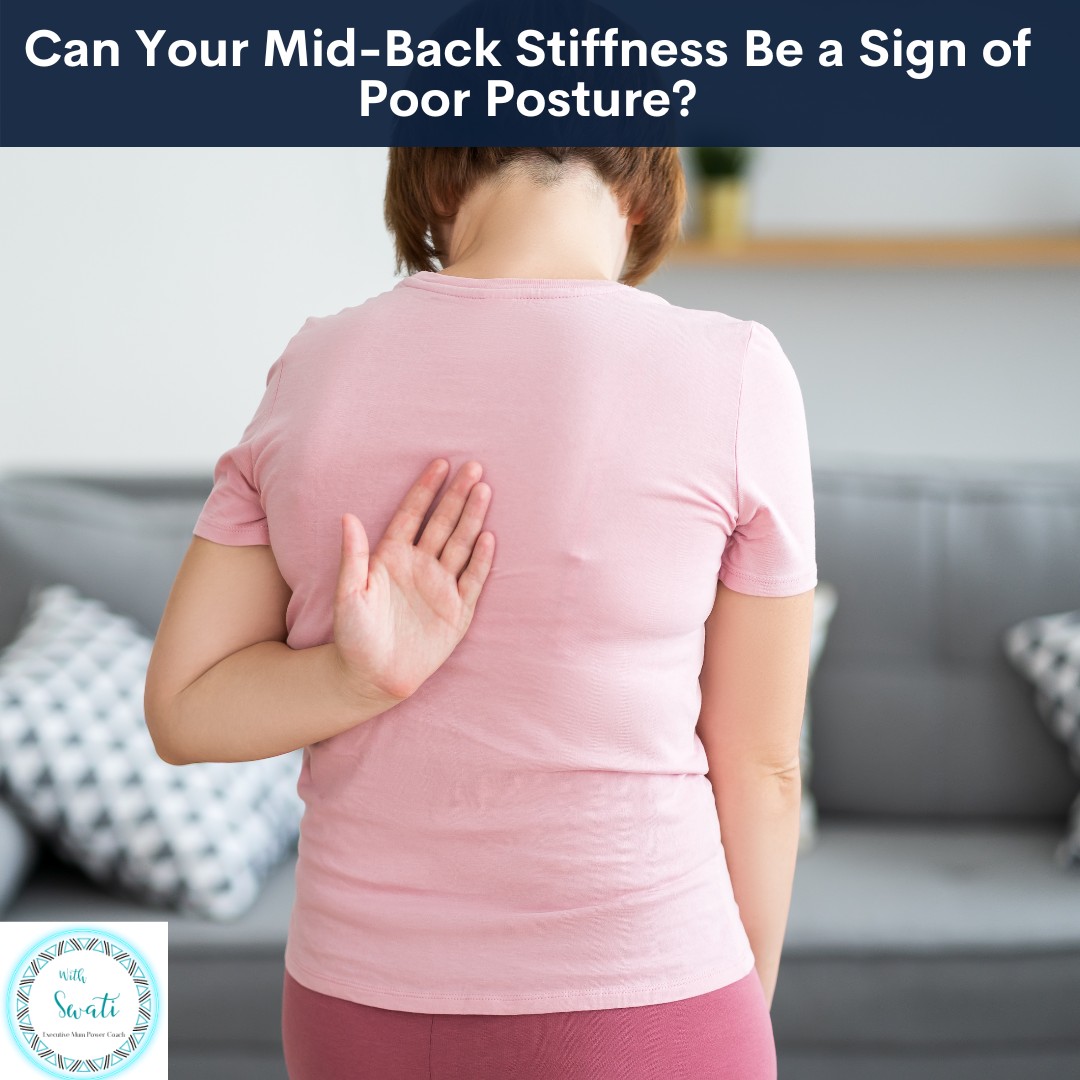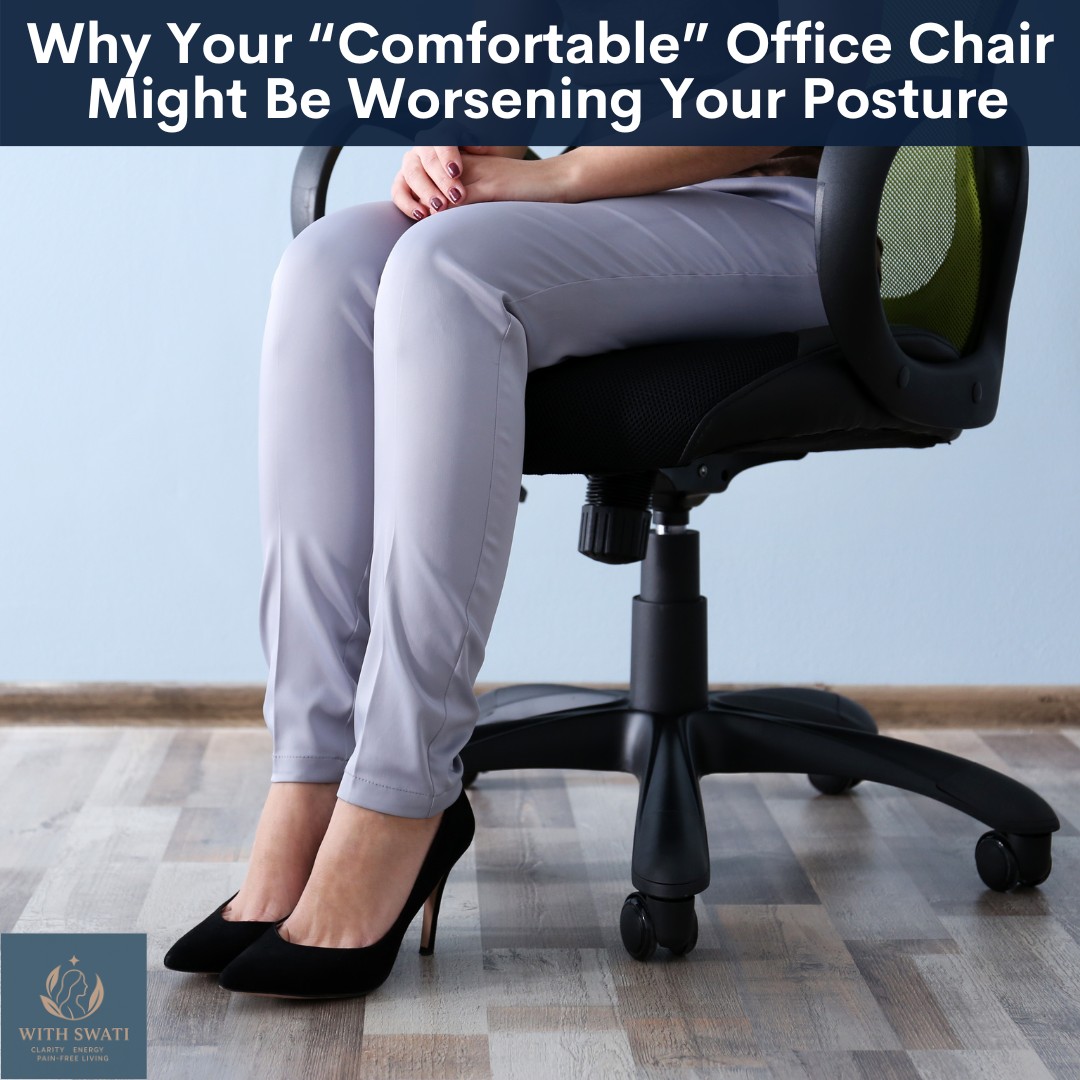
As an executive mum managing a high-stress career and the demands of family life, persistent pain can feel like just another hurdle in your day. But when jaw pain, also known as TMJ (temporomandibular joint) pain, or associated headaches kick in, even the smallest tasks can become daunting. What if the root cause of your discomfort isn't just in your jaw, but also your posture? In this blog, lets explore how managing your posture can help alleviate TMJ pain.
When we think of posture, we often consider its impact on the back and neck but it also plays a significant role in jaw health. Poor posture, such as forward head posture (where your neck juts forward), puts additional stress on your entire spine and body. Every degree your head moves forward adds up to 4.5 kg of strain on your neck, jaw, and supporting muscles. This imbalance can misalign the temporomandibular joint, which connects your jawbone to your skull, causing pain and tension.
In a normal posture, the TMJ aligns properly, allowing smooth movement during talking, eating, or yawning. However, with forward head posture, the alignment shifts—forcing the jaw backward while the skull pushes forward. This constant strain increases tension in the surrounding muscles, such as the masseter (cheek muscles) and temporalis, contributing to TMJ pain and even headaches.
Here is how posture correction helps:
Realigning the Jaw: Improving your posture helps realign the TMJ by restoring its natural position. This reduces undue stress on the joint and prevents aggravation during daily activities.
Reducing Muscle Tension: Proper posture allows the muscles around the jaw, neck, and shoulders to relax, preventing the build-up of tightness that causes pain.
Easing Headaches: Many TMJ-related headaches are caused by poor posture. Correct alignment alleviates stress on the muscles and nerves connecting the jaw to the head.
Here are two easy steps to address your TMJ Pain:
Fix Your Posture: Regularly practice proper sittingand standing posture. Sit back in your chair, keep your feet flat on the floor, and align your ears with your shoulders.
Do Jaw Exercises: Targeted TMJ exercises can strengthen the muscles around the joint and improve its mobility. These exercises work best when paired with posture correction.
Proper posture isn't just about aesthetics. It directly impacts your jaw health, reducing pain and discomfort. By making small, intentional changes, you can find relief from TMJ pain and headaches, empowering you to stay focused and productive throughout your busy day.
Also, if you like this blog and want to be notified about new blogs as soon as they are published, subscribe to my mailing list below.
I would love to see you around the internet! For other places you can explore more about me: https://withswati.com/page/link
















0 Comments